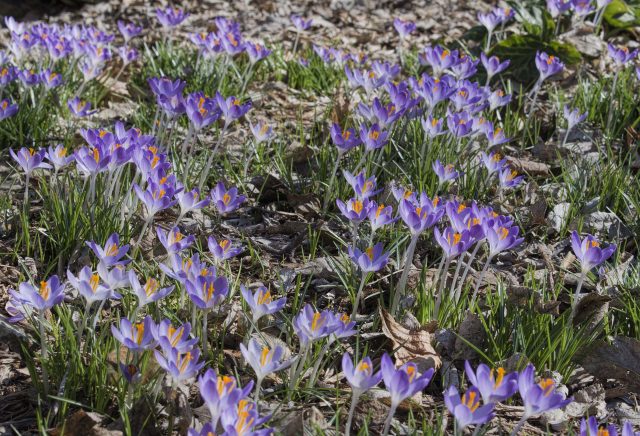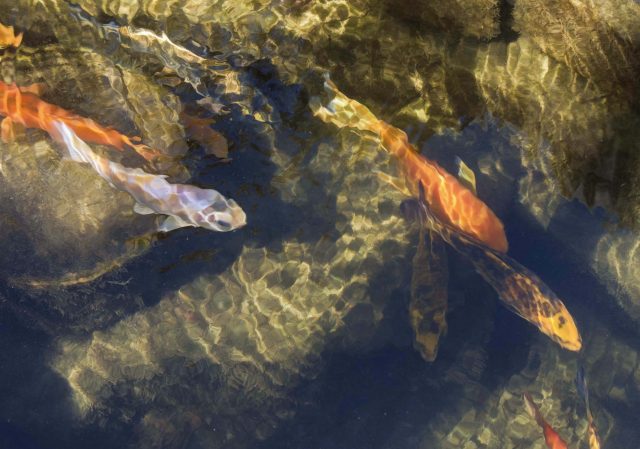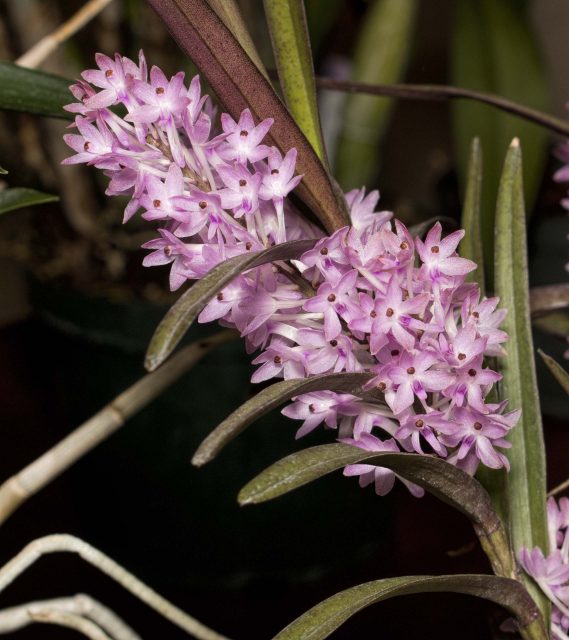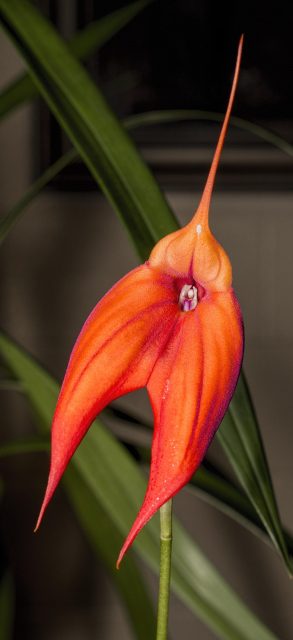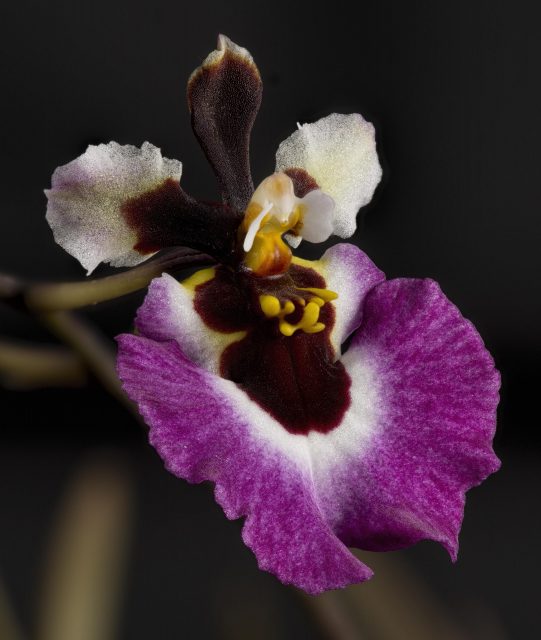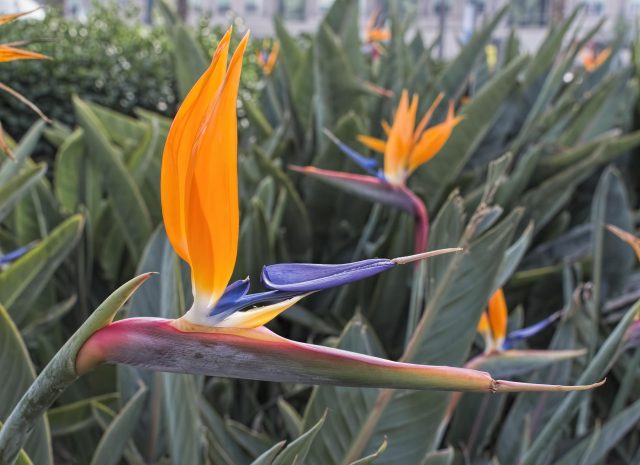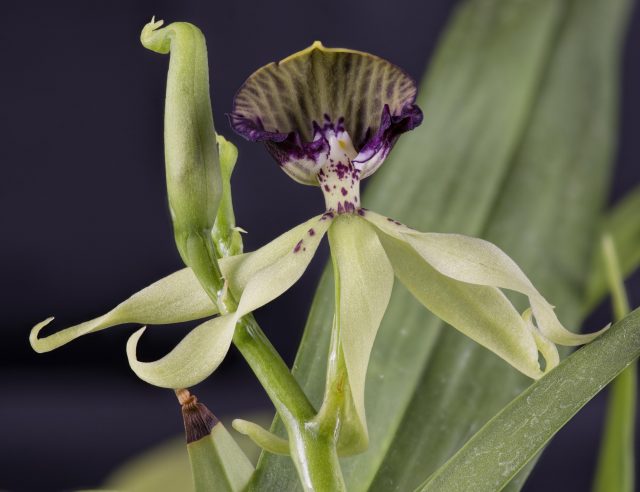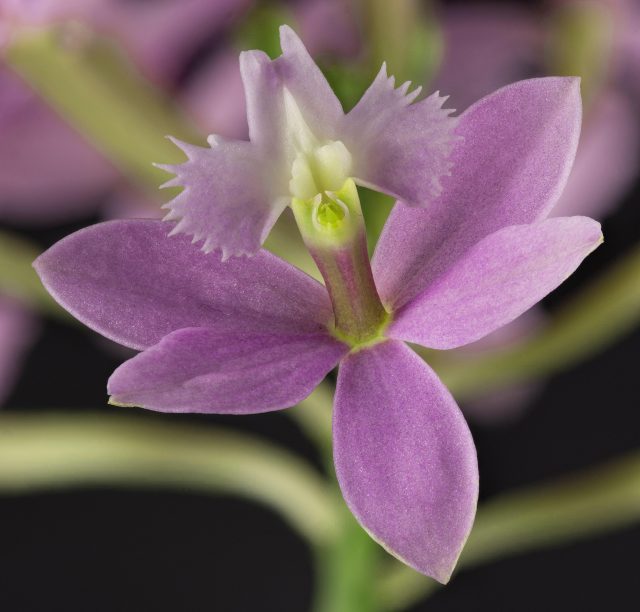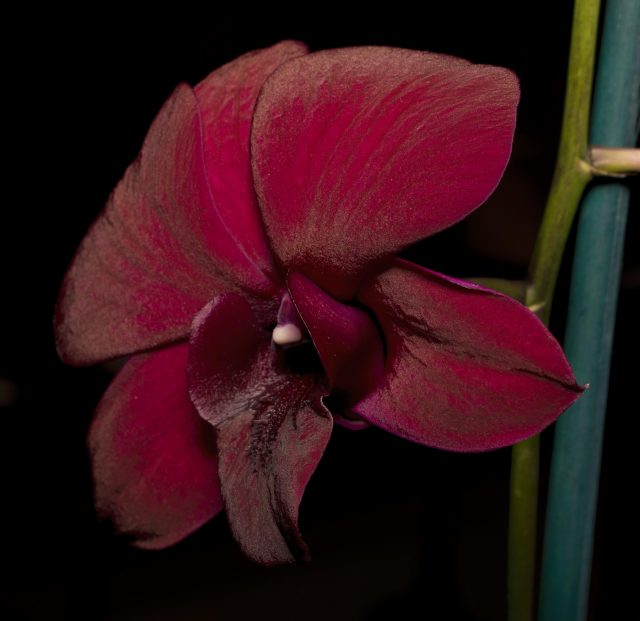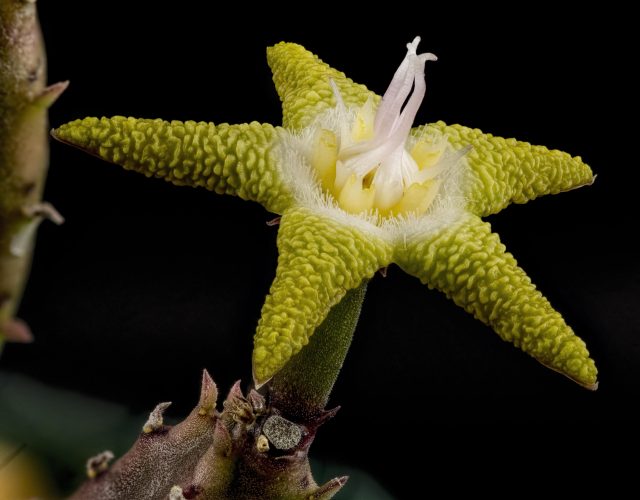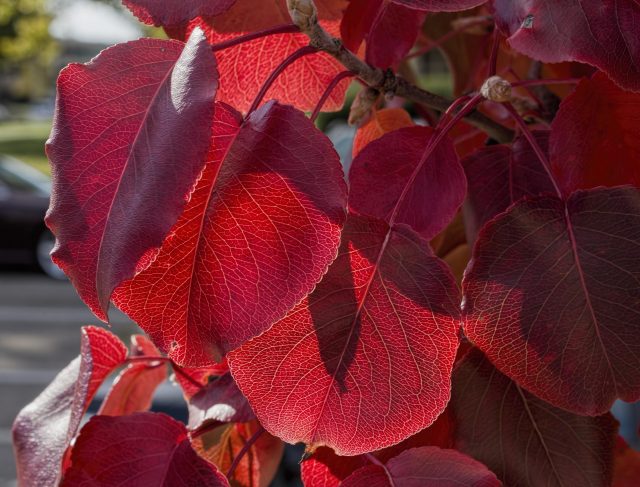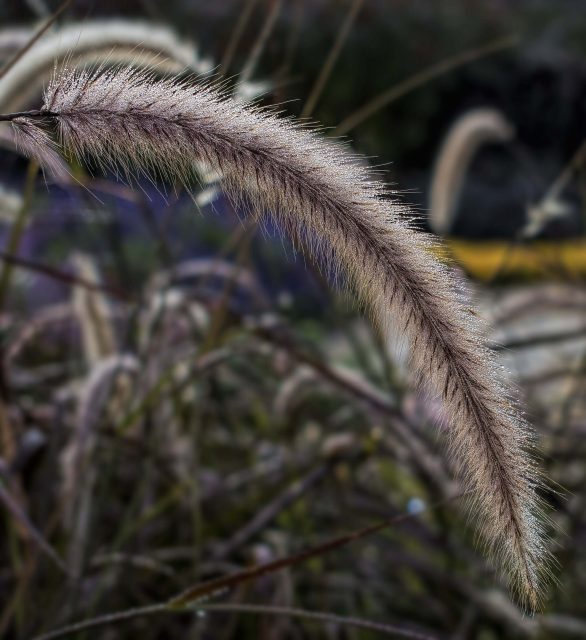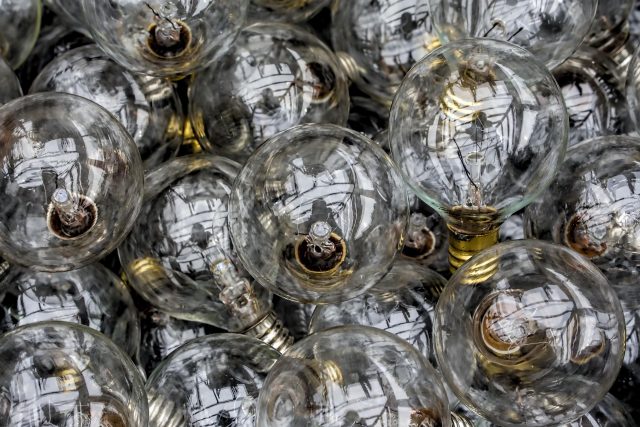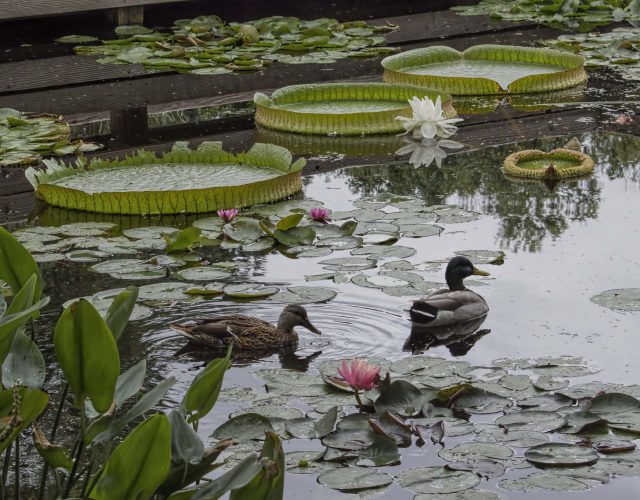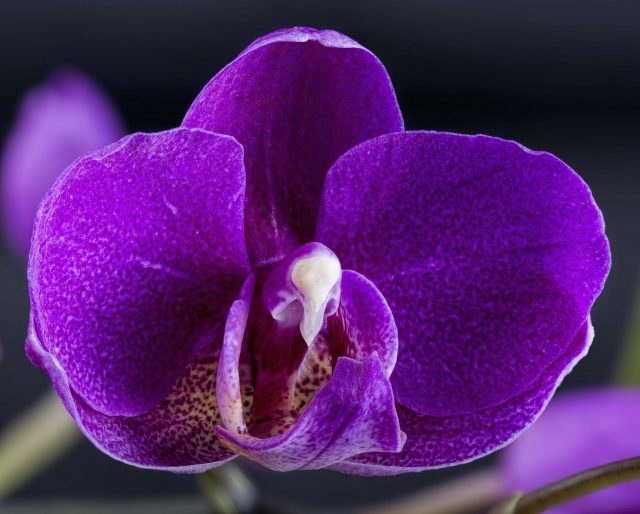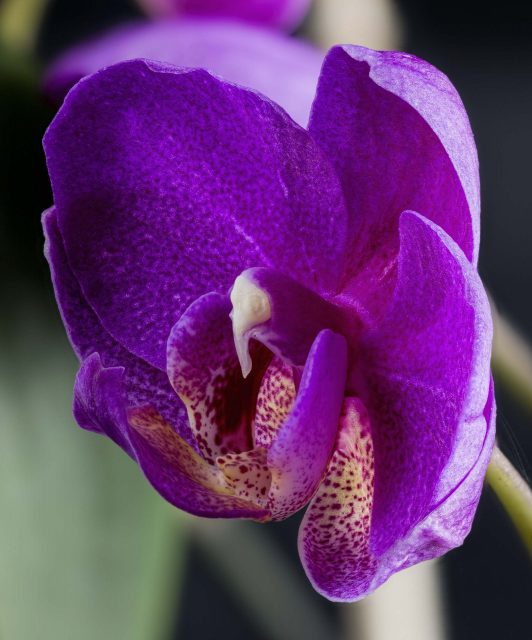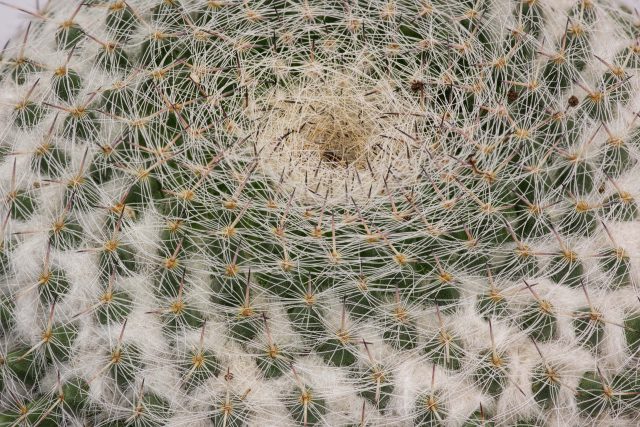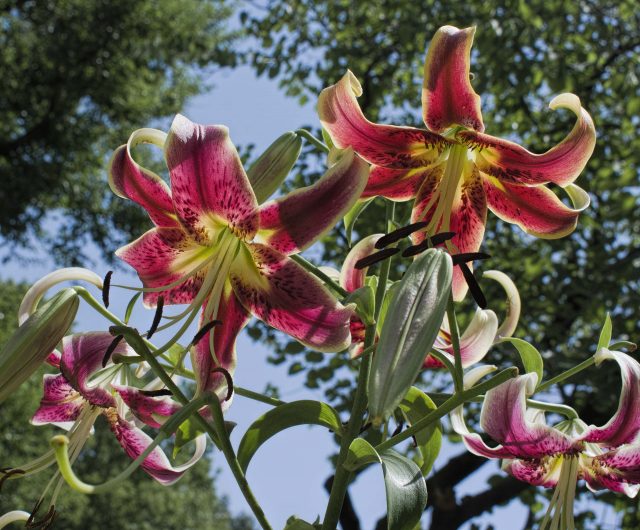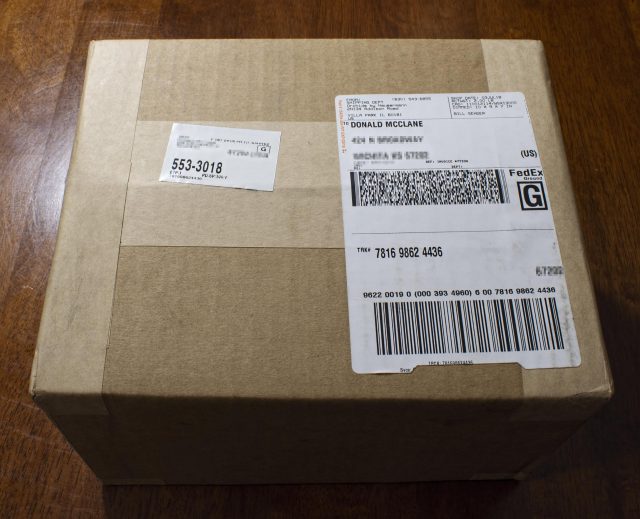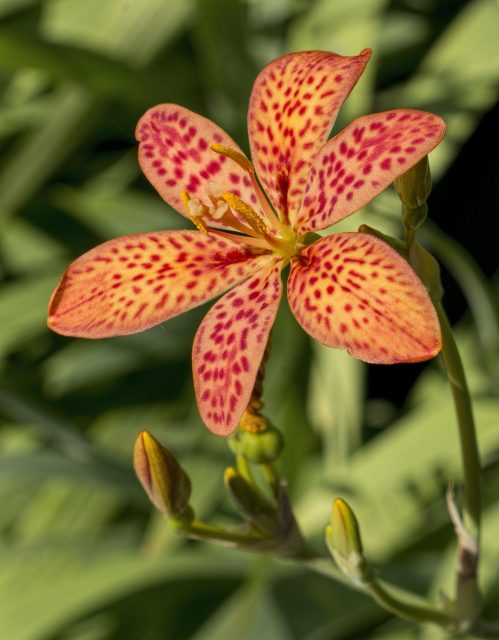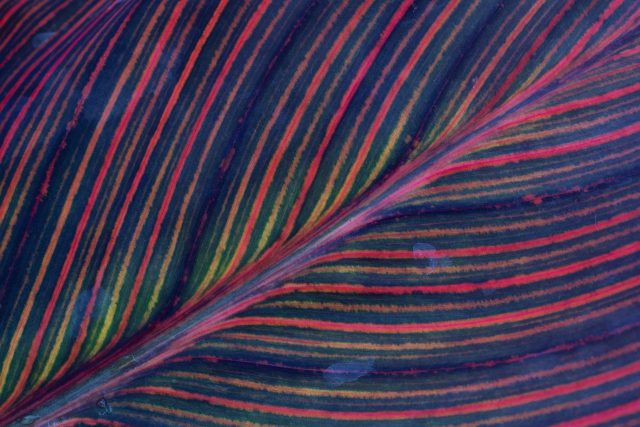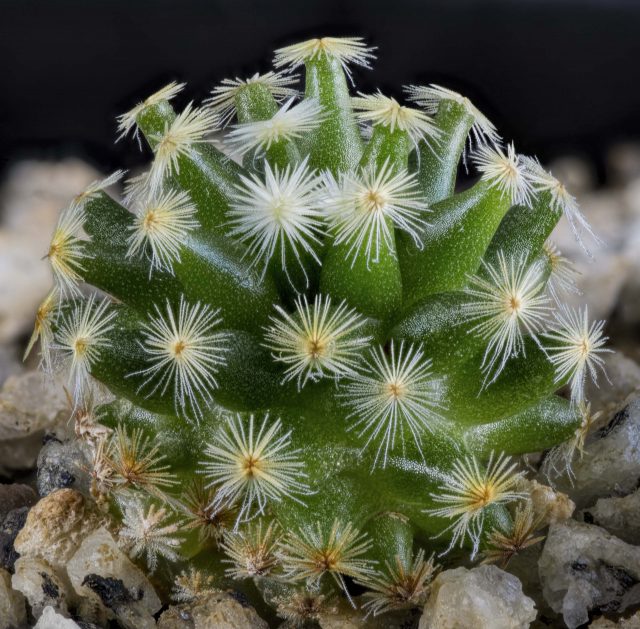The semi-Japanese Okamé cherry1 was by far the most colorful item at the botanical garden yesterday, along with the usual daffodils. The deciduous magnolias were getting started but were not fully open.
There was a bit more color here and there, but the garden is off to a slow start this year due to the lingering winter.
***
A few years ago, it looked like I would be soon locked out of Flickr, which was where I posted most of my photographs. I was unable to log into my account except on one particular computer, and only with Safari. To log in anywhere else, I would have needed to respond to emails sent to a couple of long-defunct addresses. It made no sense to me, but logic is irrelevant to the yahoos at Yahoo. I therefore started a second weblog just for pictures.
Flicker is now owned by a different, smaller company, and has fixed the login snafu. I can now log in anywhere with any browser. Consequently, I am resuming posting the bulk of my photos at Flickr. I’ll leave the photo weblog up in case things at Flickr get screwy again, but to see more from yesterday’s trip, go here.



